Aluminium Heat Treatment: An Overview of Thermal profiling system

Aluminum heat treatment is a critical process that alters the physical and mechanical properties of aluminum alloys, improving their strength, hardness, and durability. This involves carefully controlled heating and cooling to achieve the desired material characteristics. Among the most widely used techniques are the T6 and T7 heat treatment processes, which include essential steps such as solution heat treatment, quenching, and aging.
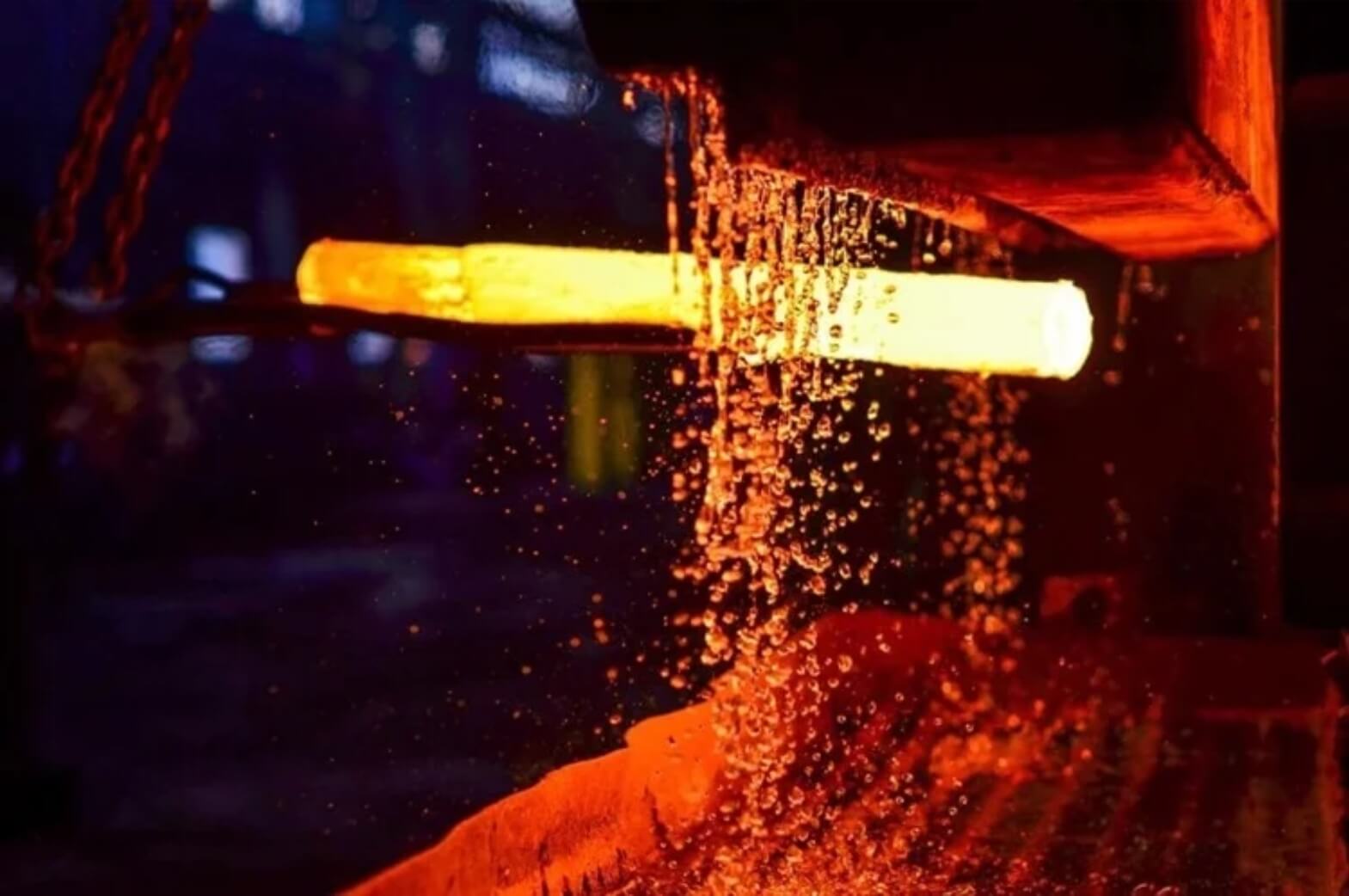
T6 and T7 Heat Treatment Processes
The T6 process consists of three main stages:
- Solution Heat Treatment: The aluminum alloy is heated to a high temperature (typically between 480–620°C / 896–968°F) for 4–8 hours. This dissolves the alloying elements into a solid solution, preparing the material for the next step.
- Quenching: After solution treatment, the aluminum is rapidly cooled in water at 60–80°C (140–176°F) for 10–15 minutes. This step locks the alloying elements in place, preventing unwanted precipitation and enhancing mechanical properties.
- Aging: The quenched material is reheated at a lower temperature (120–220°C / 248–356°F) for 6–8 hours. This allows the alloying elements to slowly precipitate, further strengthening the metal.
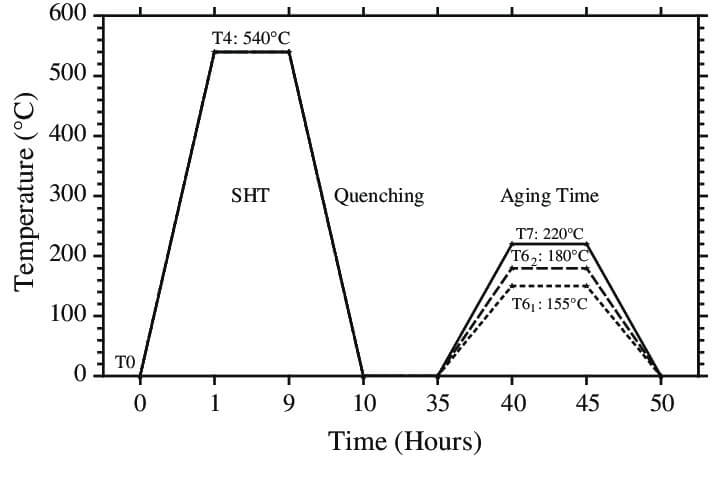
The T7 process is similar but includes an additional or modified aging step, designed to improve stability at higher temperatures, increasing resistance to stress and distortion.
The Importance of Quenching and Aging
Both quenching and aging are essential in determining the final properties of aluminum alloys. Improper quenching can lead to warping or residual stresses, while correct aging ensures that the alloying elements precipitate properly, contributing to the metal’s strength and hardness.
The Role of Thermal Profiling Systems in Heat Treatment
Precise temperature control is crucial for successful heat treatment, especially during the critical quenching phase. Traditional methods often provide incomplete data, leading to errors. This is where the Thermal Profiling System from Tempsens makes a real difference.
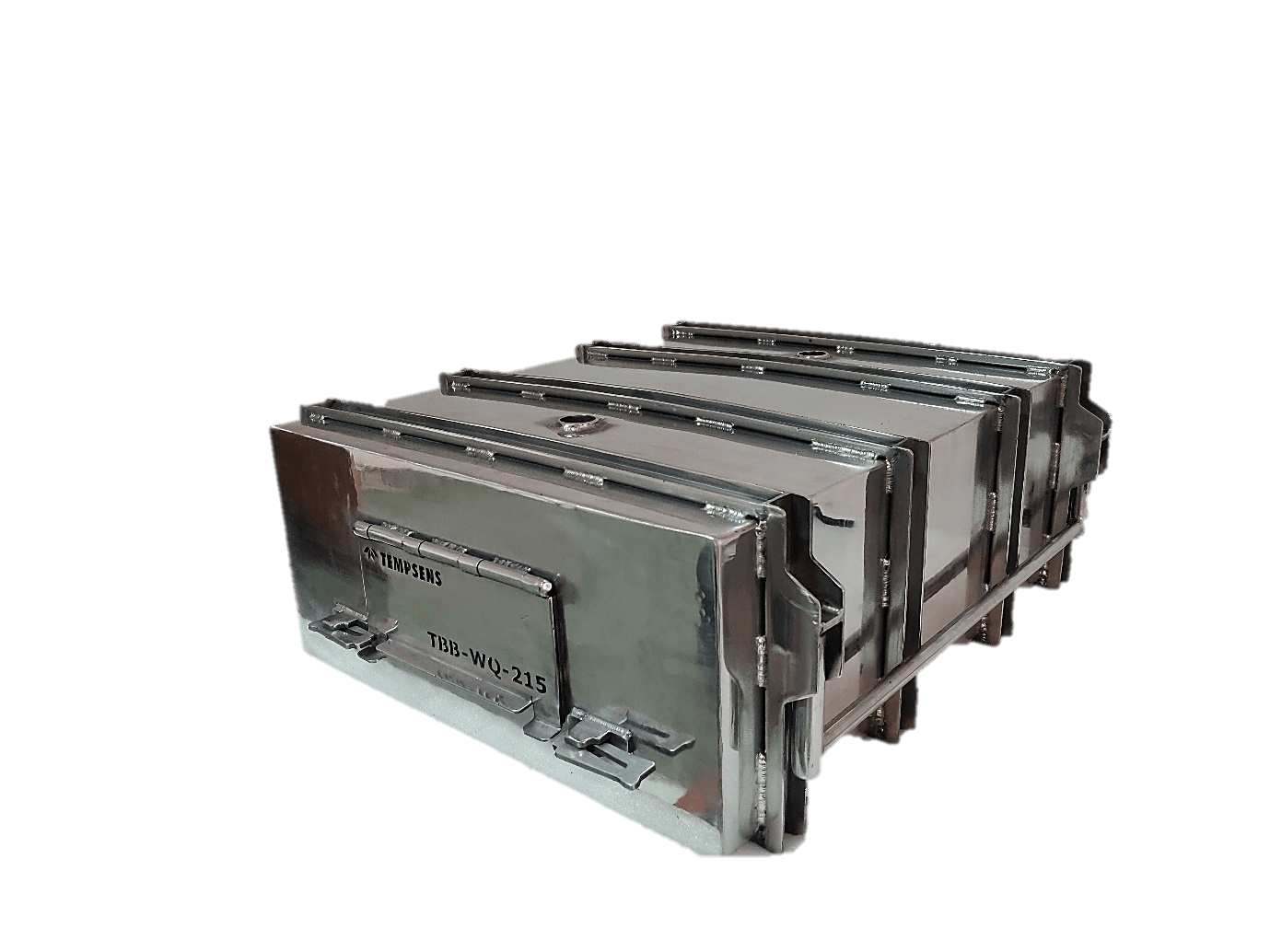
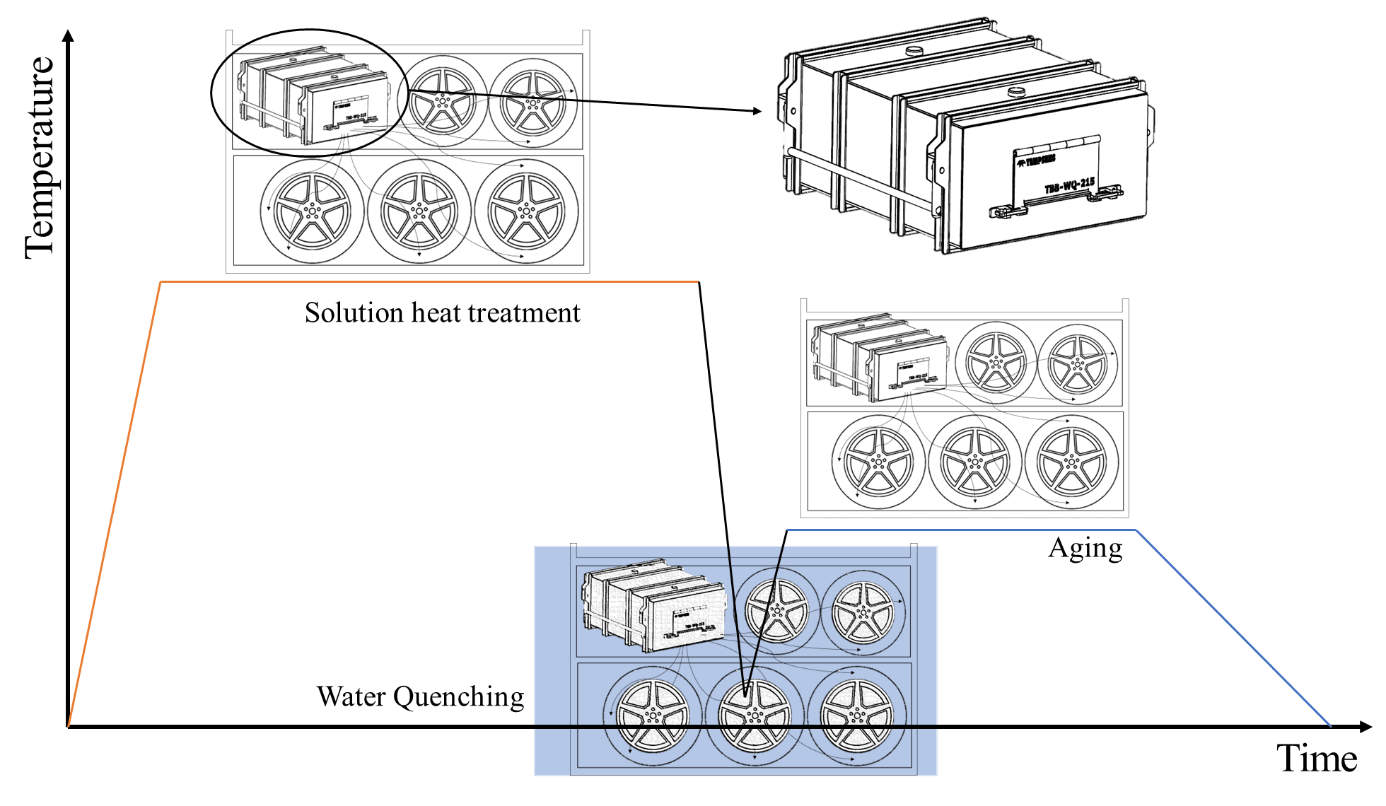
How Thermal Profiling Enhances Quenching and Aging
Tempsens Thermal Profiling System includes a Thermal Barrier Box (TBB-WQ-215), a data logger, and thermocouples, all working together for real-time, precise temperature monitoring throughout the T6 or T7 process.
- Thermal Barrier Box (TBB-WQ-215): Protects the data logger from extreme temperatures (up to 600°C / 1112°F) and sudden cooling during quenching.
     Key Features:
- Â IP-67 Rating: Dust and water resistant.
- Â Durable Construction: Designed to withstand high temperatures and physical stress.
- Â Evaporative Cooling Technology: Safeguards the data logger in extreme conditions.
- Data Logger: Tempsens SmarTrack 10 records temperature data with high precision, monitoring critical stages of the heat treatment process.
- Thermocouples: Placed strategically to track temperatures at multiple points, ensuring comprehensive understanding and preventing overheating or undercooling.
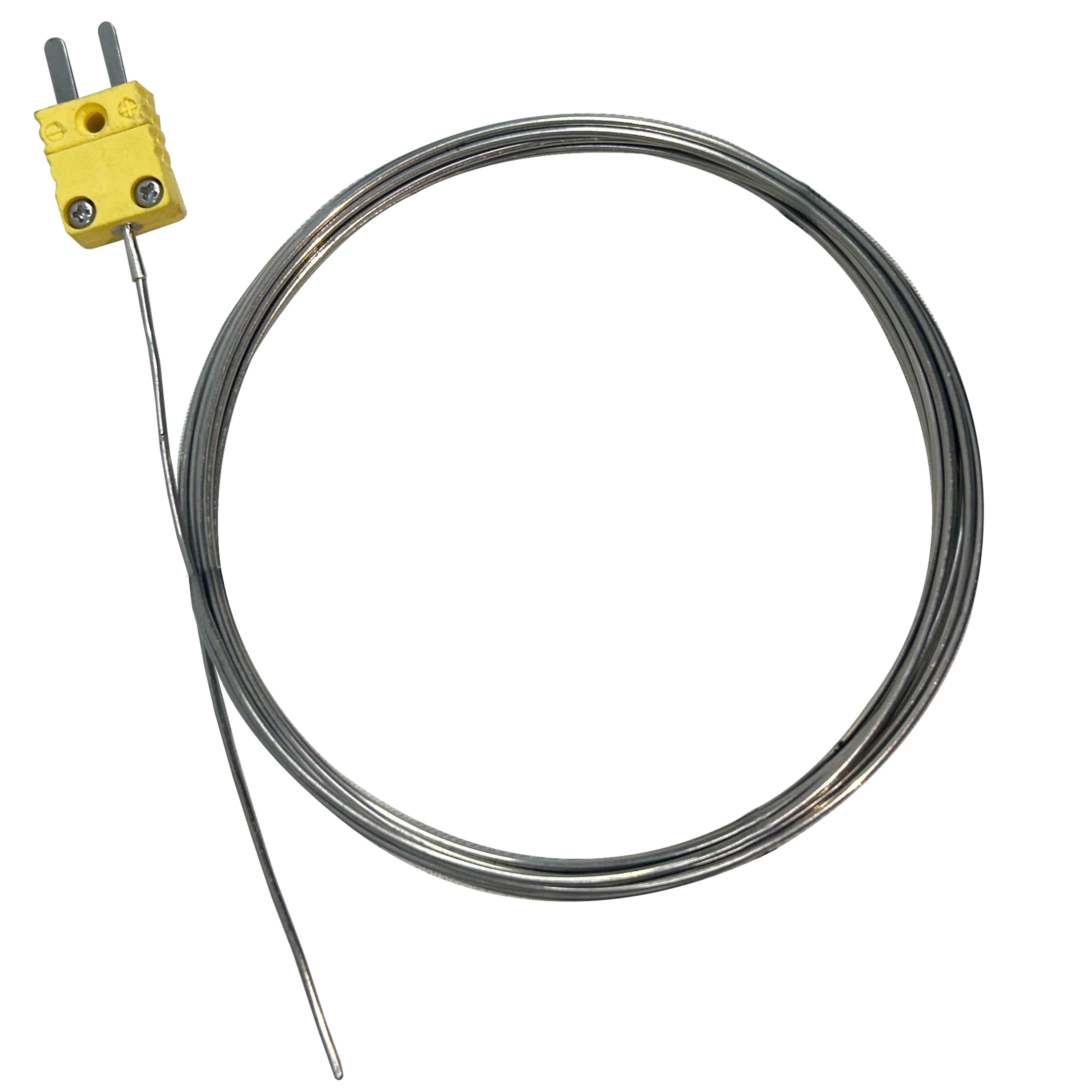
Benefits of Thermal Profiling
- Complete Temperature Data: Provides detailed profiles, allowing real-time adjustments to prevent issues like distortion or cracks.
- Process Validation: Ensures adherence to industry standards, validating the material’s mechanical properties for quality assurance.
- Improved Process Efficiency: Precise control enhances product quality, reduces waste, and boosts production efficiency.
Software for Data Processing and Temperature Analysis
Tempsens also offers advanced Thermal Profiling Software that provides in-depth analysis of the heat treatment process.
- Real-Time Monitoring: Displays temperature data as the process progresses, enabling instant adjustments.
- Temperature Curve Visualization: Generates detailed graphs showing temperature changes over time.
- Temperature Difference Analysis: Identifies discrepancies that could lead to defects.
- Process Optimization: Suggests improvements based on collected data for efficiency and quality.
- User-Friendly Interface: Easy-to-use design with clear visuals and reports.
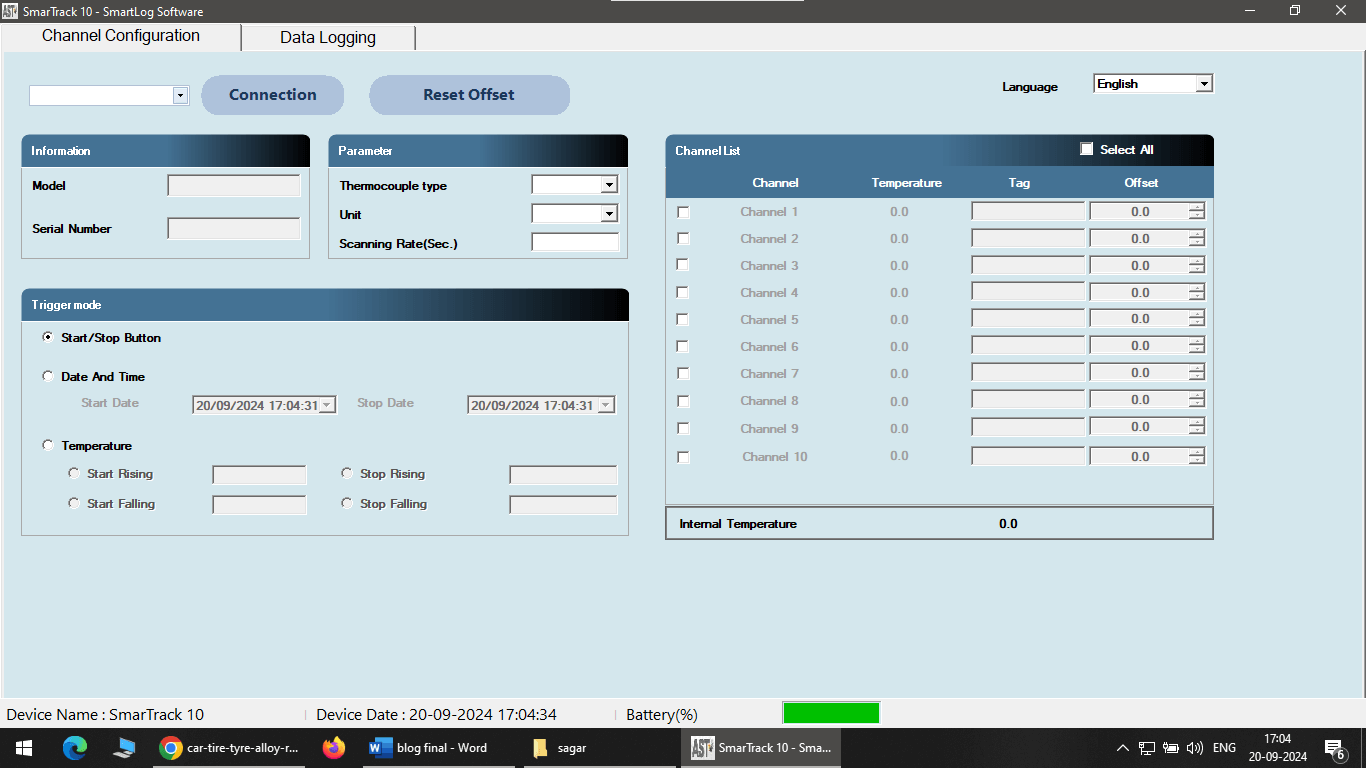
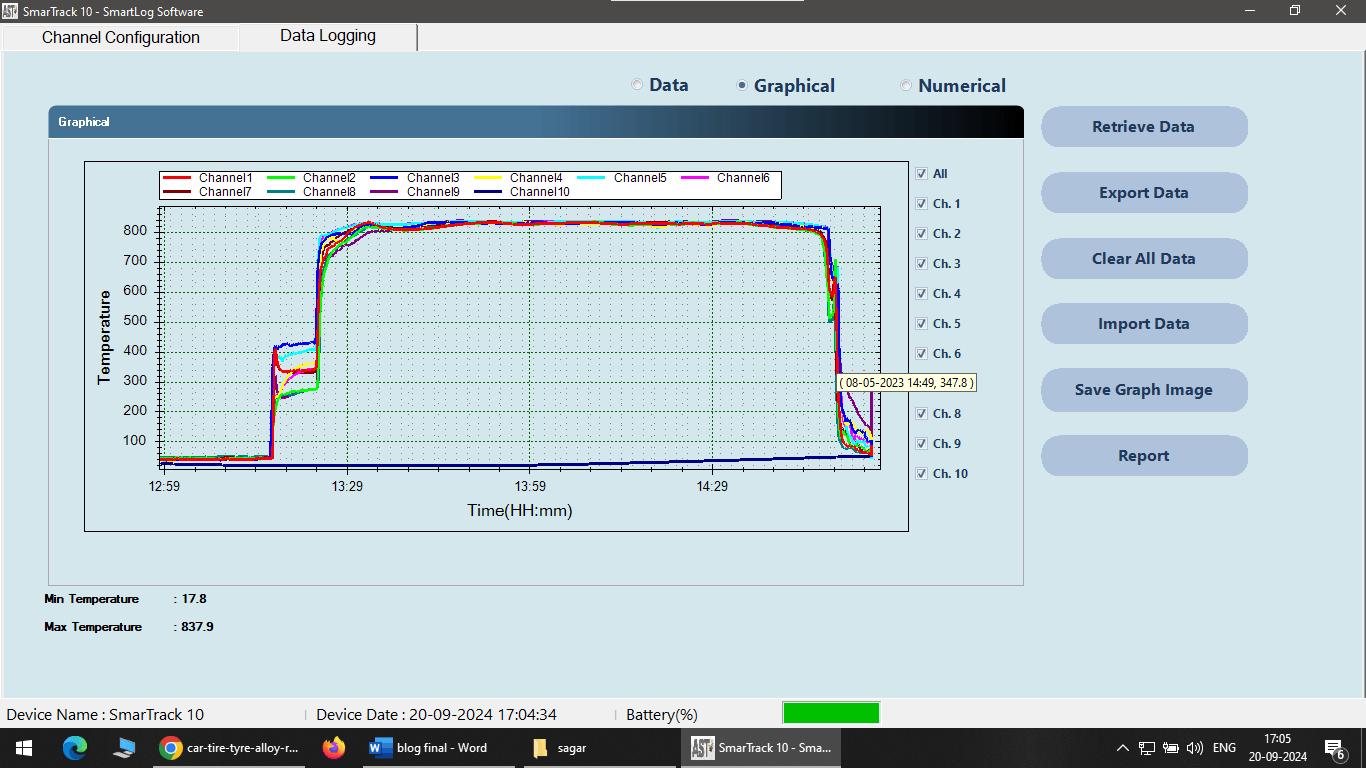
How Thermal Profiling Enhances Quenching Accuracy
By monitoring the quench curve, manufacturers can ensure uniform cooling rates, minimizing risks of distortion, cracking, or residual stress. This accuracy helps achieve the desired mechanical properties, such as hardness and tensile strength, consistently.
Tempsens Thermal Profiling System, with advanced components like the TBB-WQ-215 thermal barrier box, ensures accurate temperature control, minimizing defects and maximizing the quality of the final product. Whether performing T6 or T7 heat treatments, adopting thermal profiling can enhance efficiency, validate processes, and improve material properties.
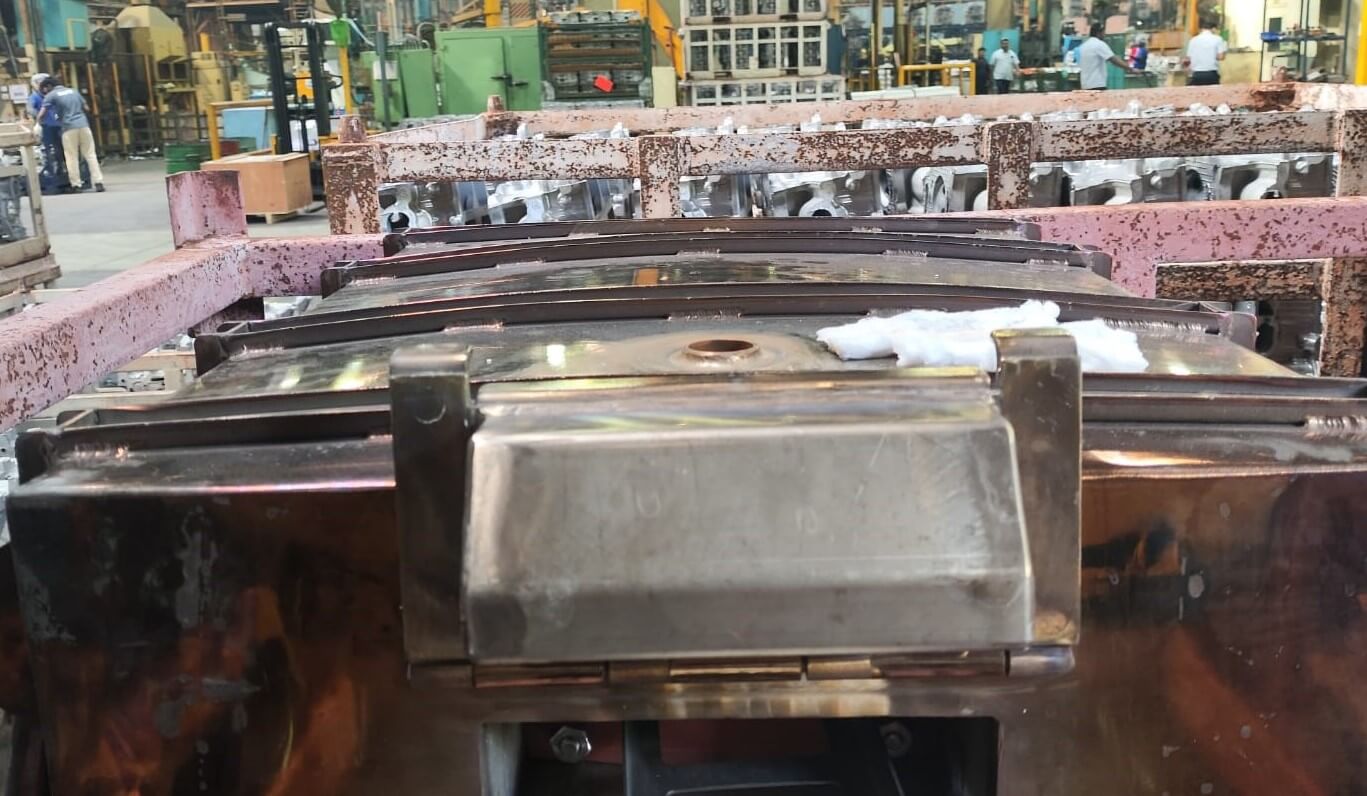
automotive electrical connectors types ,automotive electrical connectors kit, automotive connectors south africa, automotive connectors types, automotive connectors kit
Taishan Yuanjin Auto Parts CO., LTD , http://www.tsyuanjin.com